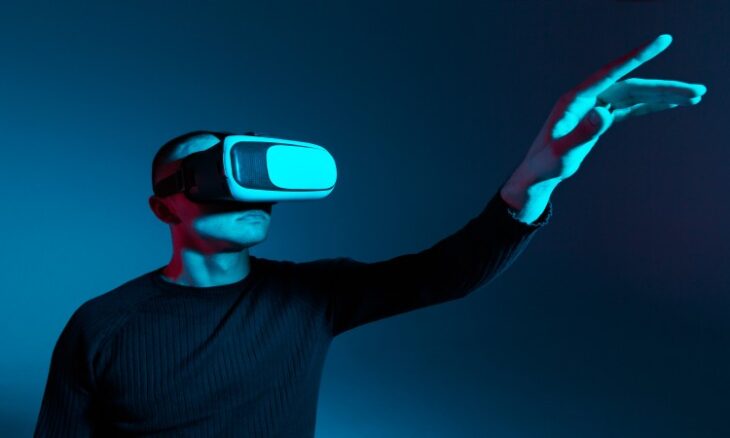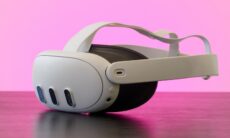Samsung gears up for XR headset debut
Samsung is preparing to re-enter the immersive technology space later this month, with indications pointing to an October 22 launch of its first Android-powered extended reality headset, known as Project Moohan, in South Korea. Pre-orders are expected to begin on October 15, giving early adopters a chance to secure the device ahead of its official release.
The headset has been developed through a collaboration with Google and Qualcomm, representing Samsung’s most significant move into extended reality since its early experiments with Gear VR. By positioning Moohan as a more accessible option than Apple’s Vision Pro, the company is seeking to capture a larger share of a market that remains relatively niche but continues to attract major investments from leading technology firms.
While Samsung has yet to confirm key specifications, industry sources suggest the device will be powered by Qualcomm’s Snapdragon XR2+ Gen 2 processor. Built on the new Android XR platform, Moohan is expected to offer deeper integration with Google’s suite of services, potentially delivering a smoother and more familiar experience for users already embedded within the Android and Galaxy ecosystems. This integration could help the headset appeal beyond early enthusiasts and encourage wider consumer adoption.
Apple’s Vision Pro, released earlier this year in the United States at a retail price of US$3,500 (A$5,300), has struggled to establish itself as a mainstream product despite significant publicity. Reports indicate that sales have captured only a small proportion of the XR market in its first year, with many users citing its weight of around 600 grams and a limited app ecosystem as drawbacks. In contrast, Samsung is expected to undercut Apple’s pricing strategy significantly. Korean media have speculated that Moohan may retail locally between KRW 2.5 million and 4 million, which equates to approximately US$1,800 to US$2,850 (A$2,750 to A$4,300). Although this pricing still places it within the premium category, it would remain more accessible than Apple’s offering.
The timing of Samsung’s launch is considered strategic. A late October release allows the company to leverage the holiday sales season, providing an opportunity to boost early adoption. However, analysts believe that the ultimate success of Project Moohan will depend less on its hardware features and more on the availability of compelling content from developers and entertainment providers. Without a strong ecosystem of applications and experiences, even the most advanced hardware may struggle to reach broader audiences.
Industry observers note that Samsung’s advantage could lie in a combination of lighter design, lower pricing and seamless integration with existing devices and services. If the company manages to deliver on these aspects, Moohan may emerge as a credible step towards making mixed reality more than an early-adopter curiosity. By aligning its launch with familiar platforms and services, Samsung is aiming to position Project Moohan not merely as a premium gadget but as a bridge to more mainstream acceptance of XR technology.










